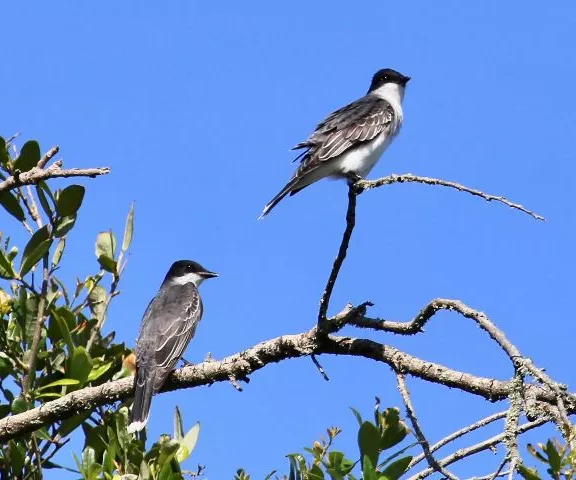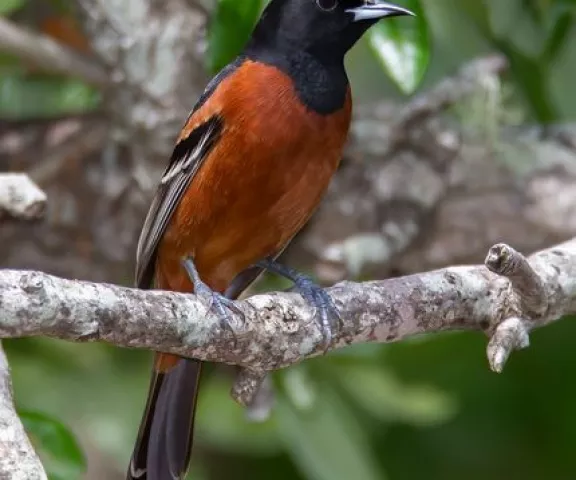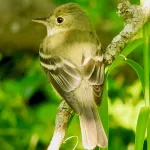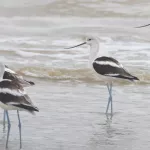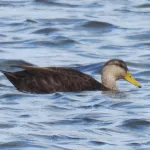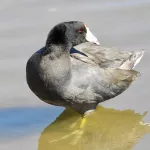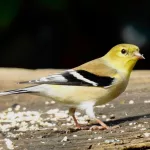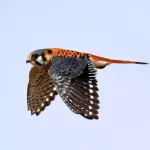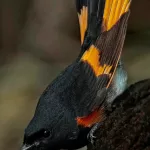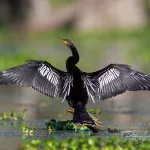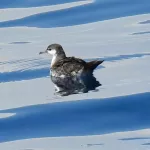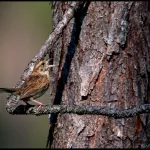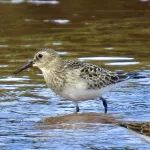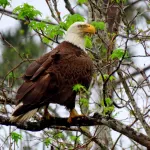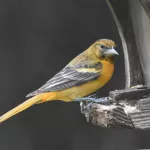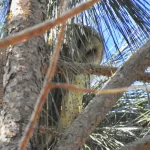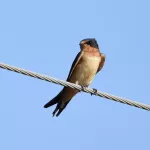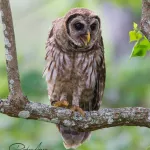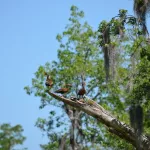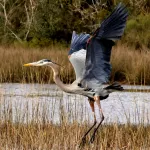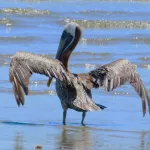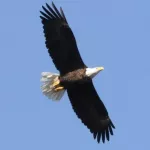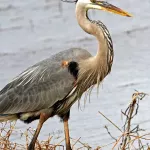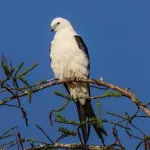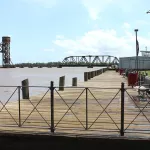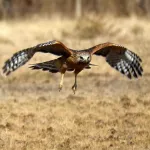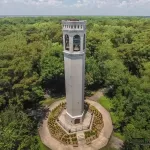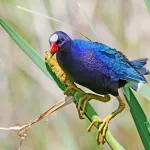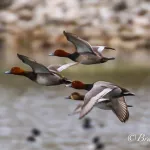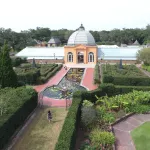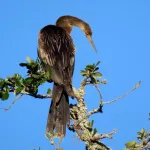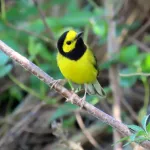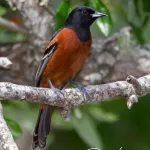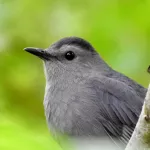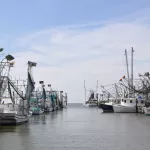Wetland Walkway - Sabine National Wildlife Refuge
At nearly 125,000 acres in size, Sabine National Refuge acts as an important habitat for wintering waterfowl. As is the case with most waterfowl refuges, this massive swath of fresh and intermediate marsh habitat has secured homes for a dizzying array of birds, along with mammals, reptiles, amphibians, insects and other arthropods. The refuge's 1.5 mile Wetland Walkway transects freshwater marsh habitat, and provides a surprisingly convenient way to see lots of wildlife up close and personal.
An amazing total of 253 bird species have been recorded from this small site. In summer, local breeding birds include Marsh Wren, Barn Swallow, Eastern Kingbird, Common Yellowthroat, Orchard Oriole, and the gaudy Purple Gallinule. Year-round species include wading birds such as Little Blue and Tricolored Herons, Great and Snowy Egrets, along with the spectacular Roseate Spoonbill. White-faced Ibis is the “default” dark ibis here in Louisiana, but a smattering of Glossy Ibis also occurs with some frequency here, especially during spring months.
During spring migration months, especially mid-April to mid-May, check the red mulberry groves along the marsh ridges for neotropical flycatchers and songbirds such as vireos, thrushes, tanagers, grosbeaks, orioles, warblers, and buntings. Typical species include Rose-breasted Grosbeak, Baltimore Oriole, Magnolia Warbler, Blackburnian Warbler, Yellow Warbler, Black-and-white Warbler, Cerulean Warbler, Chestnut-sided Warbler, and Indigo Bunting.
As fall comes on, the parade of passerines commences again. During the latter half of October, many warbler species, most notably Nashville Warbler, move through the wooded ridges. From October through March, look for Osprey and other raptors, and for waterfowl along the edges of the many quiet pools dotting the marsh.
Close-up views of birds, alligators, butterflies, and dragonflies render this site perfect for birders, naturalists, and photographers. But because the concrete walkway puts visitors on the same level as the alligators, exercise caution, especially during the spring and summer breeding/nesting months. Males become aggressive and territorial in spring, and females take on those traits during summer nesting. Please refer to the written precautions located on information panels at the head of the walkway regarding behavior around alligators.
The Wetland Walkway is handicapped-accessible. Hard-surfaced parking, restrooms, and a walk-up interpretive display are also on site. A walkway crosses LA 27W and a median. It terminates at a boat ramp, fishing pier, and water control structure directly on the other side of the road from the Wetland Walkway.
